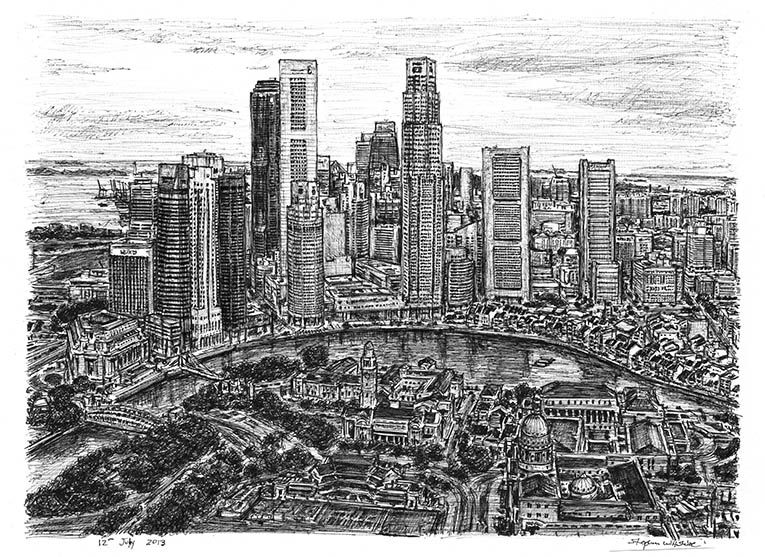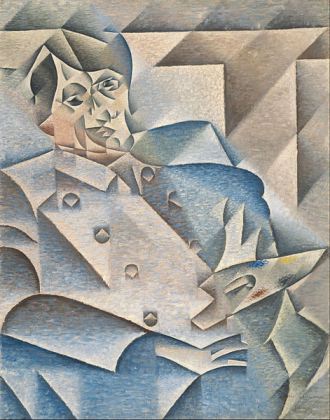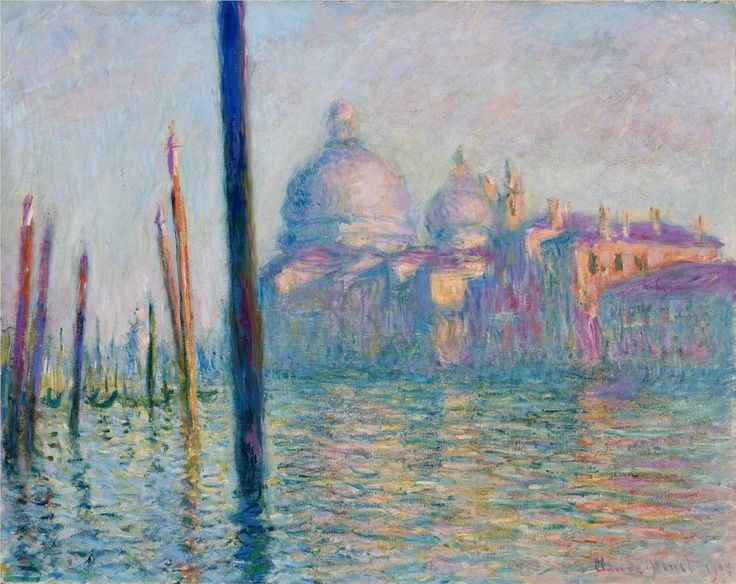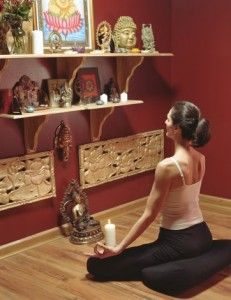Author Archives: blevine32
Sports and Yoga: Seattle Seahawks Mind-Body Training
From Alyssa Roenigk’s and ESPN The Magazine:
“IT’S DIFFERENT HERE,” Pete Carroll says. “Have you noticed?” It’s hard not to. At 9 a.m. on the first Sunday of training camp in Renton, Wash., high-performance sports psychologist Mike Gervais, dressed in a navy Seahawks hoodie and white baseball cap and flashing more enthusiasm than is rational at this hour, welcomes players into a meeting room at the Virginia Mason Athletic Center. This place used to be the site of a coal tar refinery; now it’s the happiest, greenest campsite in the history of the NFL. Gervais is about to lead a meditation session and, as he always does, instructs the players to hit record on their phone voice-recorder apps and to close their eyes. Then he starts guiding them: “Quiet your minds,” “Focus your attention inwardly” and “Visualize success.”
“On this Sunday morning, it starts with meditation with Gervais, whom Carroll began to integrate into the program in 2011, at first working on the fringes as a consultant, then becoming a sideline regular last year. For the newcomers to his sessions, Gervais keeps them short, about six minutes. For those with some experience, he prepares longer, more individualized meditations. No one is required to be here, yet about 20 players show up at various times every week to breathe in, breathe out and open their minds. The entire roster also participates in yoga class, which players enjoyed so much last year as an optional activity that the staff decided to make it a mandated part of player workouts this year.”
“The big idea is that happy players make for better players. Everyone in the facility, from coaches and players to personal assistants and valets, is expected to follow Carroll’s mantras regarding positivity of thought, words and actions. “Do your job better than it has ever been done before,” he tells them. Yelling and swearing are frowned upon, and every media interview with a player or coach ends with a thank-you to the reporter. And in a trial program entering its second year, a group of 15 to 20 players is undergoing Neurotopia brain-performance testing and has worked with Gervais to create status profiles — updated every week on an iPad app — of what’s going on in their lives, how much sleep they’re getting, their goals and how they’re dealing with stressors.”
Read more about the Seattle Seahawks and yoga, meditation, and mindfulness.
The Yamas: What is Brahmacharya? What is it to you?
What is Brahmacharya?
In recent posts, we’ve discussed many Yamas and Niyamas of Yoga, but what is Brahmacharya?
The Yamas are the first limb on yoga’s eight-limbed path. They are ethical disciplines Yogis live their lives by.
In the last few weeks we have wrote about the four other Yamas: ahimsa, satya, asteya, and aparigraha.
Today we focus on Brahmacharya.
What is Brahmacharya translated in English?
According to the dictionary brahmacharya means the life of celibacy, religious study, and self-restraint.
Our teacher, Rory Trollen, taught us that “Brah” means Creator. Macharya means “follow.” Rory said, “Brahmacharya is the fundamental source of our being. Since it is the source of our being, this is where our sexual energy comes from.”
We were all created by sexual energy and desire. A lot of our thoughts, as Nietzsche has elaborated on, have come from this strong sense of sexual desire and desire to reproduce. Our creativity comes from Our Source.
This Yama in yoga teaches us to use our energy to follow our Source, our Creator, and our God, whoever that may be, to you.
What is Brahmacharya in relation to celibacy?
A lot of teachers say that practicing brahmacharya is practicing a life of celibacy. Like all traditional spiritual traditions, yoga advocates restraining from indulging in sensual gratification. One of the many reasons is that practicing the higher limbs of yoga – dharana, dhyana, samadhi – requires a tremendous amount of energy or prana. This energy is built up through the practices of yoga such as asanas, pranayama and japa but is dissipated during sensual enjoyment. Of all the sensual activities, sex is the one that will be the most depleting to the psychic and nervous system. Teachers say that one should practice brahmacharya to the best of their ability. Obviously there are more extreme yogis out there and less extreme.
What is Brahmacharya? How I Follow the principles of Brahmacharya
I use Brahmacharya to act as a discipline to follow God and myself. To get on the mat and practice. To listen to what we want, and to listen to what others want. To love.
Our teacher stressed to use Brahmacharya as a symbol to follow the great teachers. He told us, “Don’t be sheep. 95% of people are sheep adapting and subscribing to a social environment. They are impacted greatly by what others think of them. They are swadhisthana.”

Have you ever felt like a sheep being herded during your daily morning commute? Become the Maripuna of your life! (image credit: veracityvoice.com)
Instead he told us to fight to be manipura. “Manipuras are the shephards. The ones who want to lead themselves. The ones who want to be themselves. The ones who want to love themselves. They are the ones who use brahmacharya to follow their path.”
What is brahmacharya to you? How do you use this Yama in your life?
We are learners. We would love to hear how others use this powerful Yama, beyond “Don’t have sex.” How does it make you? Change you? We hope to learn from every one of you who read all the way through to this. Let’s hear your thoughts in the comments section of this post!
Why Did Picasso Prosper?
Ian Leslie suggests that Pablo Picasso’s success with Cubism was hardly inevitable, but rather the product of circumstance:
First, there was a new kind of consumer: the industrial revolution had created a class of young, educated, affluent Parisians, who, keen to distinguish themselves from their more conventional elders, prided themselves on daring displays of taste.
Second, new channels of distribution were opening: the French government had divested itself of responsibility for the city’s annual art salon, and private galleries sprang up in its place. Finally, a new breed of art dealers emerged, many of them foreign and thus outsiders to the Parisian establishment. These young, hungry businessmen competed to find the new new thing first and sell it at the most aggressive price possible.
In short, and almost without anyone noticing, Paris’s art market had become receptive to the commercial possibilities of risk-taking. Artistic innovation was becoming economically viable for the first time. Breaking with the past was starting to be encouraged; soon it would be demanded. This was the environment in which Picasso made his leap into the unknown.
[Professor Stoyan] Sgourev’s analysis of Cubism suggests that having an exceptional idea isn’t enough: if it is to catch fire, the market conditions have to be right. That’s a question of luck and timing as much as it is of genius.
8/21 Quote: “A man is not where he lives, but where he loves.” ~Latin Proverb
One Love: When One Door Closes…
It’s true what they say about doors. How when one door closes another one opens. And not just one door but many.
Except my story isn’t isn’t exactly about doors, it is about people. Actually, it isn’t’ t about people either. It is actually about Love.
We humans are like doors. We contract and close, we expand and open. Sometimes this happens consciously, other times unconsciously. And through us, when we make it so, when we allow for it, love passes. So my story starts when one door closes, when the person with whom I was exploring decides to close the door behind him, I am left on the other side: door in face. Maybe he is contracting, maybe he is expanding–I accept that’s his story.
My story, this one part anyway, starts when one path of love and light and transformation suddenly becomes impassable. A relationship ends and all that is warm and loving between two people is sucked into a void. What was once open is closed. And what happens then?
I have been writing for some time now about love. And I’m convinced through my own self-exploration, by this constant compulsion for putting my heart out there that real Love, real grace knows no boundaries. How it honors the free will of us mere humans, but also has a will of its own. It is beyond us. I believe that love exists before us and will continue existing when we are gone. It is never diminished, and if anything, it is constantly expanding. And that we simply experience it in different ways. Our perception of love is conditional. Though love itself is without condition.
And so a door closes. And for a split second, I feel darkness. Then one door opens. Then another. Then another. And light, light just floods in. Because, love, like flowing water, will find a way. How to explain that the rejection of one person can result in me falling in love with over a dozen people? Not necessarily in a romantic way, but really discovering love through others, through people’s goodness, their gifts, their peculiarities that make them so special.
I can only say that I was so focused on perceiving love in one particular form, in one particular direction, how for sometime, a beautiful time, my attention was on one person. But as he left, the space which he so lovingly once occupied filled up so quickly, so magically with such a motley crew of young love, of new friendships, of old bonds renewed, of teaching connections, of new cities and countries and opportunities that seem to be made just for me.
I still sometimes feel that door on my face, and annoyingly, I continue to feel it smite me occasionally. But I also see the many doors that have opened because of it, the open hearts of many who appeared seemingly out of nowhere to hold me, to hold my hand, to give me messages of love. How in this short span of time, of loss–supposedly–I have actually connected deeply with so many people and in ways that I might not have done, that the opportunity would not have been present, had I been focused on just one love nor would I have been vulnerable enough to expose myself and invite such love from others.
It is a true testament to how beautiful the heart is, how wonderful people are, how when one sees someone struggling–as I have been seen–people are inspired to help, to give so generously, so without question or condition. And as these now dear friends see me fight for myself, see me rise to the challenge of finding who I am in all this, they are inspired to celebrate. They are celebrating with me, they are cheering me on. And how amazing is that! How grateful I feel!
Love. Always present. Its messengers change, from time to time, however. But love, itself, is constant. We just have to continue to believe, to have presence enough to see it in whatever form it comes. To accept it graciously when it does. To value it. To respect it. To honor it. To allow it to teach us what it is about, to teach us how to love, and how to truly embody it in our very soul and being.
Daily Cup of Yoga: A Few Tips on How to Create a Relaxing Home Meditation Space
- A small corner or space, even if you need to convert it to other use during the day
- A set of comfortable cushions or a cozy chair
- A way of dividing that area from the rest of the house, even if it’s for a short period of time
- A little creativity and an open mind about found and available materials
Read more on Daily Cup of Yoga—- here.
TDL: DO YOU KNOW HOW TO REST?
“Music is the silence between the notes.” ~ Claude Debussy
Hello friends,
I hope you’re having a beautiful weekend. I’ve been back home in Toronto for the last two weeks for a little rest and quality time with family before I head out again for an exciting and action-packed few months of living the dream.
I’ve been loving spending time with family and friends. There’s only one problem: I’ve forgotten how to rest.
Sure, I can sleep like a baby for long stretches of time and I’m a professional nap taker but even when I’m emerging from the most cozy slumber, I’ve noticed the constant presence of a feeling of guilt and a low-level mental noise that seems to be saying there’s something I should be doing.
It’s as if I’ve lost the ability to pause and allow myself to take a break from the constant striving, aspiring, creating and growing. In some senses, I’ve been seeing that this tendency is heightened by the entrepreneurial nature of what I do. If I’m not chugging along, the locomotive stops, or so the voice in my head would have me believe. Don’t get me wrong, I absolutely love the life I’m living and all the freedom and self-accountability that comes with it but sometimes, this is the one aspect of 9 to 5 living that I envy. There’s a definite end to the workday and there are specific times of the year for vacation designed for a break. Of course, this doesn’t guarantee that the time will be used for actual rest and that’s ultimately the realization I’ve been coming to.
On one level, rest is definitely about sleep, and taking care of our bodies. How often do we push ourselves beyond our body’s ability to heal and restore itself and find ourselves forced into bed by an untimely cold or injury? And at the same time, true rest is so much more than just physical nurture. It’s about resting our heads, quieting our minds, being still and allowing ourselves to just be, to do nothing, to listen and to replenish our spiritual energy.
And whether you’re a 9 to 5′er, an entrepreneur, an artist or a stay at home parent, this is a great challenge for all of us in these fast-moving times. Especially when we are passionate, inspired and driven towards a vision or outcome. And yet, there is a balance to be struck. Between movement and stillness, between creative output and “filling the well” with inspiring experiences (J. Cameron), between doing and being, between action and rest.
In music, a rest is an interval of silence, a pause between notes. Without this space, music would be very difficult to listen to because it would just be one, long, continuous sound. It is the space, the silence between the notes, that makes the piece of art we call music perceptible to our ears.
Similarly, it is in the space between constant activity, both within and out there in the world, that we can truly listen to our heart’s desires, to our soul’s whispers, and to Divine guidance. When we take the time to rest and tune in, to restore ourselves physically, mentally, and spiritually, we can then return to action with renewed clarity, precision and enthusiasm.
This essential balance between grounded action and true rest applies to all facets of life. In our pursuit of our calling and our grandest aspirations, it is equally important to take time to acknowledge where we are and what we have as it is to push forward towards our desired destination. In relationships, it’s all about connecting deeply, with our hearts open and ready to give love and yet without time apart, and time to nurture the individual, we would not be able to come together with an overflowing cup from which to give. And in any process of expansion or growth, whether it’s training our bodies at the gym or on the yoga mat, our mind in the classroom or our spiritual core with a mindfulness practice, there is always the balance between the time spent doing and the time spent assimilating and integrating the benefits of our practice.
When we honor this balance, life, love, creativity and wellness flow naturally and and with a greater sense of ease.
To help remind myself what it means to truly rest, I’ve been using the following definition of “REST”.
R.E.S.T. = Relax, Enjoy, Surrender, & Trust.
Relax: allow yourself time to do nothing and just be.
Enjoy: celebrate and give gratitude for all that you are and all that you have. Smile, laugh, dance, sing and play!
Surrender: let go and let the Divine plan of goodness for you and your life unfold in perfect timing. It’s all happening!
Trust: all is well. You’re alive and your heart is beating. You’re accounted for and you will be provided for.
Wishing you a peaceful and REST-full day.
Much love,
CA





